
Fuente: Google-superviralisimo.com
Vivo en una tierra cubierta por misterios e historias de mis antepasados indígenas Wayuu. Muchos puros habitan aquí, y otros, en franca mezcolanza, hemos atenuado nuestros rasgos y diluido nuestras historias entre culturas diversas. Para nosotros, los indígenas Wayuu y los que provenimos de ellos, el sol es un padre amoroso que nos regala la lluvia, y del cual gotea la vida sobre la tierra. La historia de Keeralia, al principio del mundo, es un homenaje al mismo Sol y del porqué brilla como lo hace en esta tierra de desiertos, al lado del mar y del lago de Maracaibo.
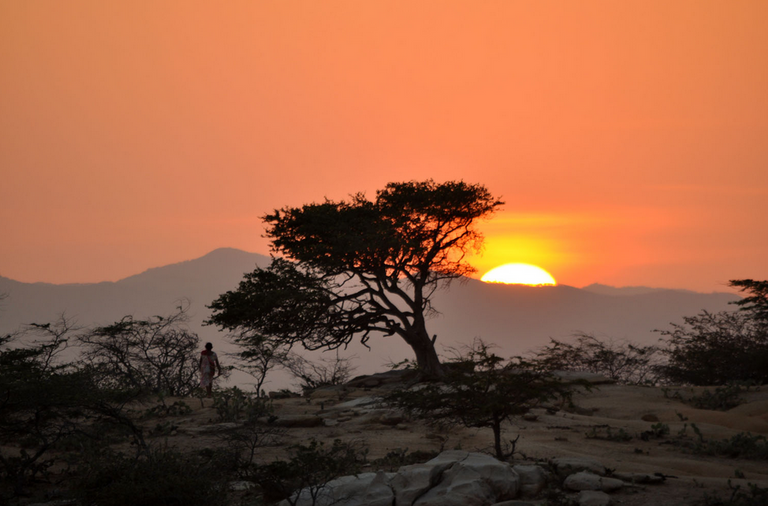
Fuente: Google-Infobae
Un sol de Indígenas
Los Wayuu habitamos al norte de Colombia y Venezuela, en la Península Guajira; una zona copada de etnias indígenas que han vivido durante años aquí y que representan nuestros ancestros.
Ellos recibieron emigrantes de todas partes del mundo porque la península, así como las tierras que circundan al lago de Maracaibo, fueron puertos abiertos a los viajeros de los mares.
De allí se ha dado una mezcla que sin embargo, no oculta nuestros originales rasgos.
La importancia del sol, que todo el año baña nuestros espacios, ha sido tan grande desde siempre, que éste está presente en las leyendas del origen de la vida; así como en los cantos de agradecimiento por la existencia.
Para nosotros, venerar al sol es parte de nuestra cultura; y la cultura es, necesariamente, parte de nuestro bienestar social. La presencia fuerte y constante de este astro todo el año, nos activa y nos predice crecimiento.
El Padre Sol Ka’i, tiene historias maravillosas que nosotros los descendientes de wayuu aún les contamos a nuestros niños.
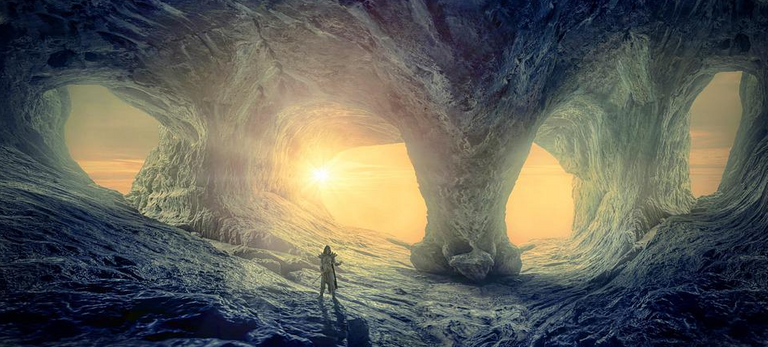
El robo de Keeralia al Padre Sol y el origen de las noches de luna
Al inicio de la vida, Ka’i, el padre sol; mantenía la tierra iluminada durante el día; y de él emana la vida, porque generaba el agua que regaba las tierras y permitía la efervescencia de la existencia en los desiertos; y alimentaba las plantas que nos daban de comer.
Para entonces, se gestaban los hijos humanos y el padre sol se preparaba para ver las miles de formas de criarlos y alimentarlos.
Solo ciertos espíritus poblaban la tierra y ellos, aún buscaban su espacio entre lo bueno y lo malo.
Cuenta la leyenda que a Ka’i le gustaba, al finalizar el día, ocultarse y descansar debajo de un olivo frondoso y agradable; mientras Kashi, la luna, que sufría con la luminosidad intensa del Padre Sol, al caer éste, aprovechaba para caminar por los espacios creados por Dios, o Ma’leiwa.
Pero era evidente que estos paseos se tornaban difíciles, porque la oscuridad No le permitía ver por dónde andaba, ni tampoco disfruta de las maravillas de la creación sobre la tierra.
Keeralia, que era un espíritu primario, recién creado; quiso ganarse los favores de Kashi y le propuso que le traería algo con lo cual iluminarse por las noches.
Ella acepto darle sus favores con esa condición.
La tarde siguiente, mientras el Padre Sol se resguardaba bajo el olivo para dormir y descansar a la llegada de la noche; Keeralia a hurtadillas se le acercó y sigilosamente le robó el sombrero.
Dicen, que en el trayecto de llevarle el sombrero a la luna, Keeralia se lo probó mientras estaba a punto de pasar un estanque, y vio como todo alrededor se iluminaba. Estuvo a punto de quedárselo, pero como espíritu aún sin condiciones morales elegidas, prefirió los favores de la luna.
Llegó hasta ella; le ofreció el sombrero, y cuando ella se lo colocó, todo se iluminó con un suave resplandor de plata que desde entonces la luna ha conservado pr iluminar nuestros desiertos.
Ella le concedió los favores a Keeralia.
Al otro día, Ka’i, a tientas, no encuentra su sombrero; y ofendido, con una inusual fuerza de su luz que aún perdura en nuestros días; buscó a Keeralia hasta encontrarlo para hacerlo pagar por la falta de respeto.
Más cuando estaba a punto de destruirlo, la luna, tenue y suavemente le suplicó perdonarlo con la condición de que ella lo escondería y solo lo dejaría salir por las noches; que nunca más le molestaría.
Ka’i ha mantenido su promesa, aunque su carácter enérgico siempre se muestra en esta zona del planeta, como una especie de mensaje para quienes quieran irrespetarlo.
Además, le permitió tener a la luna el sol por el respeto que ella le muestra; y por eso, de vez en cuando nos regala noches iluminadas de plata en el desierto y en los mares.
Para nuestros abuelos, Keeralia se aparece de vez en cuando en el desierto bajo la forma de alguna serpiente que se arrastra, de iguanas y lagartijas que corren debajo de las piedras; y ocasionalmente, en ciertos arroyos que brillan a mitad de la noche.
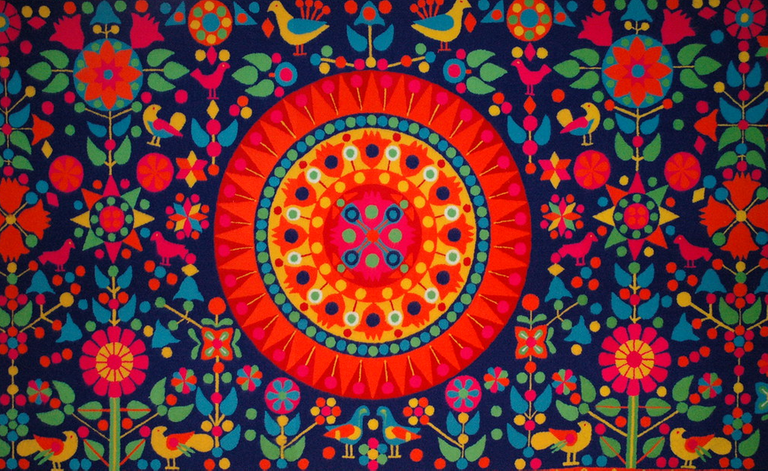
Tapíz wayuu El Sol, hecho por el artista Luis Montiel; y es el telón del Teatro de Bellas Artes en Maracaibo, Venezuela. Fuente: Google-flickr.com
Para nosotros el sol sigue siendo al padre Ka’i
En nuestra tierra, el sol inclemente se ha convertido en objeto de nuestra veneración; lo amamos.
Es la razón por la que nos conocen. A Maracaibo, la capital de nuestro estado la han denominado “la capital del sol amada” y los días representan alegría y vida.
El es objeto de nuestro arte, por eso siempre está presente en cada una de nuestras creaciones, en lo que las mujeres tejen, en lo que el hombre pinta, en lo tapices coloridos.
La mujer y el hombre wayuu, se dibujan en los rostros soles en los momentos de fiesta, en homenajes y en ceremonias.
Está representado en nuestros escudos y en nuestras banderas; y lo más importante, lo consideramos el bien que alimenta a nuestra a nuestro planeta; tal cual y se representa en este dibujo de mi autoría:
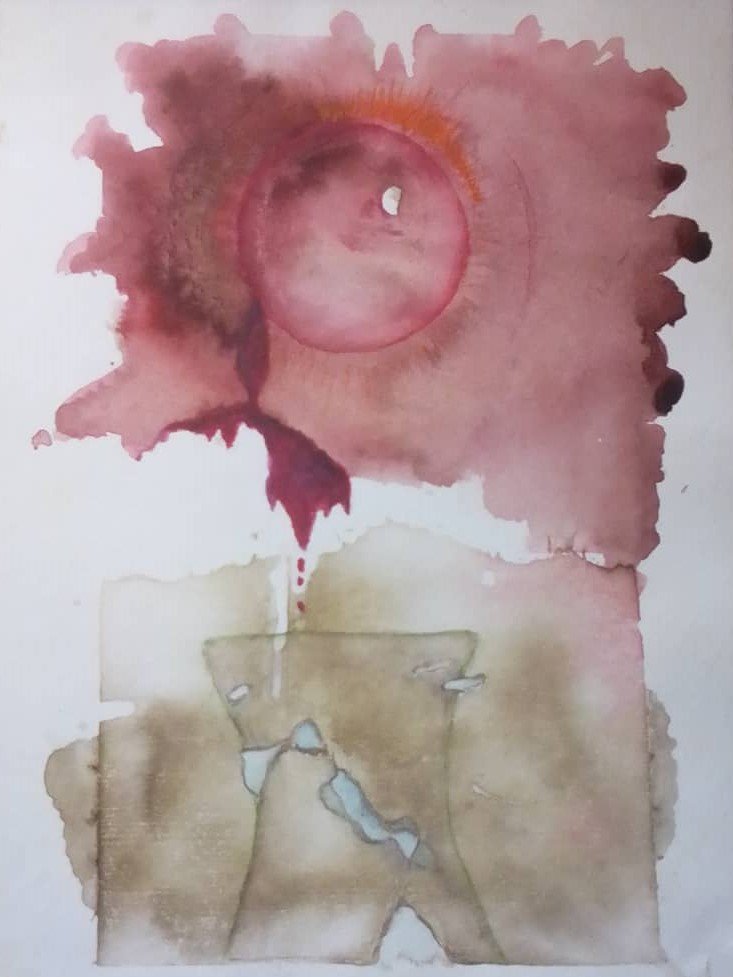
Sol Sangrante. 28x21,5. Dibujo a Técnica Mixta -. Canson. 2007. Emilio Rios. Publicado en Fuente: peakd.com
El sol en nuestras vidas en su día
En el Día Internacional del Sol, el mejor homenaje que podemos hacer, es reforzar nuestras leyendas y mantener vivas nuestras historias indígenas americanas y ancestrales que nos hablan del astro padre.
Y es que, además de todos los beneficios para la salud, el sol ha representado la claridad de las ideas y el crecimiento; hasta la vida misma del planeta.

Ésta es mi participación a la invitación que me ha hecho @charjaim al: Reto de escritura creativa/volumen 2/Querido Sol. Una forma de rendirle tributo a nuestro sol, ese que nos define en esta tierra que habitamos y que es parte de nuestro equilibrio social y nuestro bienestar:
- La historia nace de cuentos y leyendas de nuestra cultura indígena Wayuu -Un poco decorada a mí manera-; y los podemos ampliar con la lectura de: Asombros del Pueblo Wayuu del investigador Hilario Chacín. 2016. Fondo Editorial UNERMB.
- Es para mí, un gusto invitar a mis amigos: @creacioneslelys y @jcchelme
- También para crear el deseo en dos amigos que son para mí, referentes de creación de contenido: @oneray y @janaveda

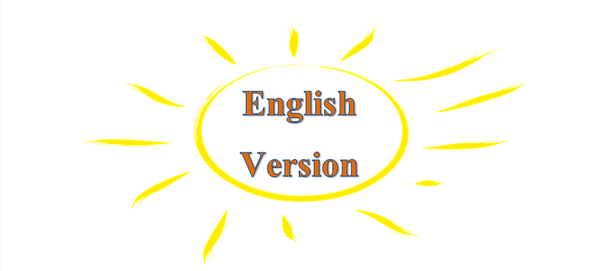

Keeralia's theft from Ka'i, the Sun Father -An indigenous Wayuu story-

Source: Google-superviralisimo.com
I live in a land covered by mysteries and stories of my indigenous Wayuu ancestors. Many pure ones live here, and others, in a frank mixture, we have attenuated our features and diluted our histories among diverse cultures. For us, the Wayuu Indians and those of us who come from them, the sun is a loving father who gives us rain, and from whom life drips onto the earth. The story of Keeralia, at the beginning of the world, is a tribute to the sun itself and why it shines as it does in this land of deserts, next to the sea and Lake Maracaibo.

Source: Google-Infobae
A sun of indigenous people
The Wayuu live in the north of Colombia and Venezuela, in the Guajira Peninsula; an area full of indigenous ethnic groups who have lived here for years and who represent our ancestors.
They received migrants from all over the world because the peninsula, as well as the lands surrounding Lake Maracaibo, were ports open to travelers from the seas.This has given rise to a mixture that, however, does not hide our original traits.
The importance of the sun, which bathes our spaces all year round, has always been so great that it is present in the legends of the origin of life, as well as in the songs of gratitude for existence.
For us, venerating the sun is part of our culture; and culture is, necessarily, part of our social welfare. The strong and constant presence of this star throughout the year, activates us and predicts growth.
Father Sun Ka'i has wonderful stories that we Wayuu descendants still tell our children.

Source: Pixabay-KELLEPICS
Keeralia's theft from Father Sun and the origin of the moonlit nights.
At the beginning of life, Ka'i, the sun father; kept the earth illuminated during the day; and from him emanated life, because he generated the water that irrigated the lands and allowed the effervescence of existence in the deserts; and fed the plants that gave us food.
By then, human children were being gestated and the sun father was preparing to see the thousands of ways to raise and feed them.
Only certain spirits populated the earth and they were still looking for their space between the good and the bad.
Legend has it that Ka'i liked, at the end of the day, to hide and rest under a leafy and pleasant olive tree; while Kashi, the moon, who suffered from the intense luminosity of Father Sun, at sunset, took the opportunity to walk through the spaces created by God, or Ma'leiwa.
But it was evident that these walks became difficult, because the darkness did not allow her to see where she was walking, nor did she enjoy the wonders of creation on earth.
Keeralia, who was a newly created primal spirit, wanted to win Kashi's favors and proposed that she would bring him something with which to illuminate himself at night.
She agreed to give him her favors on that condition.
The following afternoon, while Father Sun was sheltering under the olive tree to sleep and rest for the coming of the night, Keeralia sneaked up on him and stealthily stole his hat.
They say that on the way to take the hat to the moon, Keeralia tried it on as she was about to pass a pond, and saw how everything around her lit up. She was on the point of keeping it, but as a spirit still without chosen moral conditions, she preferred the moon's favors.
He came to her; he offered her the hat, and when she put it on, everything was illuminated with a soft silver glow which the moon has since retained to illuminate our deserts.
She granted the favors to Keeralia.
The next day, Ka'i, groping, cannot find his hat; and offended, with an unusual strength of his light that still endures in our days; he sought Keeralia until he found it to make him pay for the disrespect.
But when she was about to destroy him, the moon, softly and gently begged his forgiveness on the condition that she would hide him and only let him out at night; that she would never bother him again.
Ka'i has kept her promise, although her forceful character always shows up in this area of the planet, as a kind of message to those who would disrespect him.
Moreover, he allowed the moon to have the sun because of the respect she shows him; and for that reason, from time to time he gives us silver-lit nights in the desert and in the seas.
For our grandparents, Keeralia appears from time to time in the desert in the form of some crawling snake, iguanas and lizards that run under the stones; and occasionally, in certain streams that shine in the middle of the night.

Wayuu tapestry El Sol, made by artist Luis Montiel; and is the curtain of the Teatro de Bellas Artes in Maracaibo, Venezuela. Source: Google-flickr.com
For us, the sun is still father Ka'i
In our land, the inclement sun has become the object of our veneration; we love it.
It is the reason why we are known. Maracaibo, the capital of our state has been called "the capital of the beloved sun" and the days represent joy and life.
He is the object of our art, that is why he is always present in each of our creations, in what the women weave, in what the man paints, in the colorful tapestries.
The Wayuu woman and the Wayuu man are drawn in the faces, suns in the moments of celebration, in tributes and ceremonies.
It is represented in our shields and in our flags; and the most important thing, we consider it the good that feeds our planet; as it is represented in this drawing of my authorship:

Bleeding Sun. 28x21,5. Mixed media drawing - watercolor, Indian ink, pastel-. Canson paper. 2007. Emilio Rios. Published in Fuente: peakd.com
The sun in our lives on its day
On the International Day of the Sun, the best tribute we can make is to reinforce our legends and keep alive our Native American and ancestral stories that tell us about the sun.
In addition to all the health benefits, the sun has represented the clarity of ideas and growth; even the very life of the planet.

This is my participation to the invitation made to me by @charjaim al: Creative Writing Challenge/Volume 2/Dear Sun. A way to pay tribute to our sun, the one that defines us on this earth we inhabit and that is part of our social balance and our well-being:
The story is born from tales and legends of our indigenous Wayuu culture -a little decorated in my way-; and we can expand them with the reading of: Asombros del Pueblo Wayuu by researcher Hilario Chacín. 2016. Fondo Editorial UNERMB.
It is a pleasure for me to invite my friends: @creacioneslelys and @jcchelme.
Also to create the desire in two friends who are for me, referents of content creation: @jcchelme @oneray and @janaveda.

Emilio Ríos – Venezuela
@emiliorios

100% contenido original / 100% #original-content
Traducción realizada con DeepL / Translation made with DeepL
Las barras separadoras están en: / The separator bars are at:
Fuente: Pixabay-kropekk_pl
Logo de English Versión editado de: / English Version logo edited from:
Fuente: Pixabay- kropekk_pl
Dibujo Final de agradecimiento editado de:/ Final Gratitude Drawing edited from:
Fuente: Pixabay- kropekk_pl

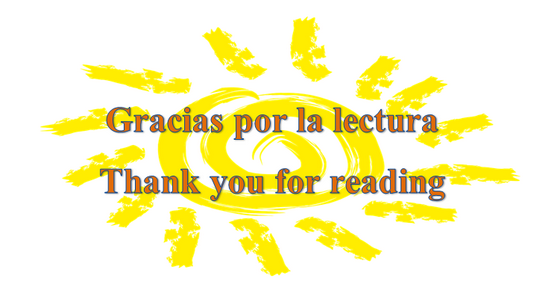

Genial e ilustrativa historia del pueblo Wayuu. Excelente propuesta de traer su reverencia al Sol. Y es que los mitos y leyendas de nuestros pueblos originarios, aparte de que nos muestran un atisbo de su forma de percibir el mundo, están enriquecidas con un grado de entretenimiento fascinante. Suerte 😊
Gracias por compartir esta visita a los orígenes, @emiliorios.
Me gustaron también las ilustraciones, especialmente tu pintura, @emiliorios
Qué gusto que haya podido disfrutar un pedacito de nuestra cultura.
El bienestar social es muy importante, y cuando se vive en zonas donde la cultura es muy fuerte y ancestral, el equilibrio de conceptos es algo que hay que ir trabajando.
Muchas gracias por su aporte ingeniero; es un placer seguirlo ya.
Amigo @emiliorios, la etiqueta hispaliterario se creó para usarla cuando se participe en el reto hispaliterario y como veo que a usted le encanta escribir, permítame invitarlo a participar, aquí las bases
Muchas gracias por la invitación; será un gusto participar.
Hola @emilirios
Que bueno verte por estos predios compartiendo excelente contenido. El sentimiento es mutuo mi estimado paisano.
Nos seguimos leyendo en estos espacios criptográficos con la venia de Dios.
Saludos.
Contentísimo de leerte por quí.
Ahora si me siento que camino por estas calles de #Hive con excelente compañía que siempre ha estado.
Estamos muchos que nos leemos a diario en la red social y eso me llena de alegría mi amigo.
Así es mi querido doctor. Nos veremos a menudo aquí.
Hermoso post lleno de arraigo cultural, los mitos siempre me impactan por la capacidad creadora e imaginativa de nuestros ancestros.
Me gustó la acuarela y también el tapiz.
Saludos cordiales
Gracias por tu comentario Char!
@tipu curate 2
Upvoted 👌 (Mana: 35/55) Liquid rewards.
Congratulations @emiliorios! You have completed the following achievement on the Hive blockchain and have been rewarded with new badge(s):
Your next target is to reach 600 upvotes.
You can view your badges on your board and compare yourself to others in the Ranking
If you no longer want to receive notifications, reply to this comment with the word
STOPTo support your work, I also upvoted your post!
Check out the last post from @hivebuzz:
Support the HiveBuzz project. Vote for our proposal!
The rewards earned on this comment will go directly to the people sharing the post on Twitter as long as they are registered with @poshtoken. Sign up at https://hiveposh.com.
¡Muchas gracias!
¡AAAAAAAAH Que bello tu post! Me encantan las leyendas, le dan esa explicación tan creativa al mundo que me hace pensar en la pureza del espíritu, en la bondad del alma creativa. Gracias por compartirnos esa emoción y respeto al sol amado. Saludos cariñosos. 😊
Epa; qué feliz me hce este comentario; me ha llegado al alma.
Muchas gracias @damarysvibra por tan bellas palabras.
@emiliorios disculpa por el retraso en mi participación, bueno tú ya sabes que no he estado muy bien de ánimos.
Me ha gustado está hermosa leyenda y la verdad yo no tenía idea que el pueblo wayuu fuese de Venezuela, creía que solo eran de Colombia.
Compartimos la misma península, mitad en Colombia y mitad aquí.
Y este pueblo está lleno de cultura wayuu, así como nuestros ancestros.
Yo vivo en la parte venezolana.